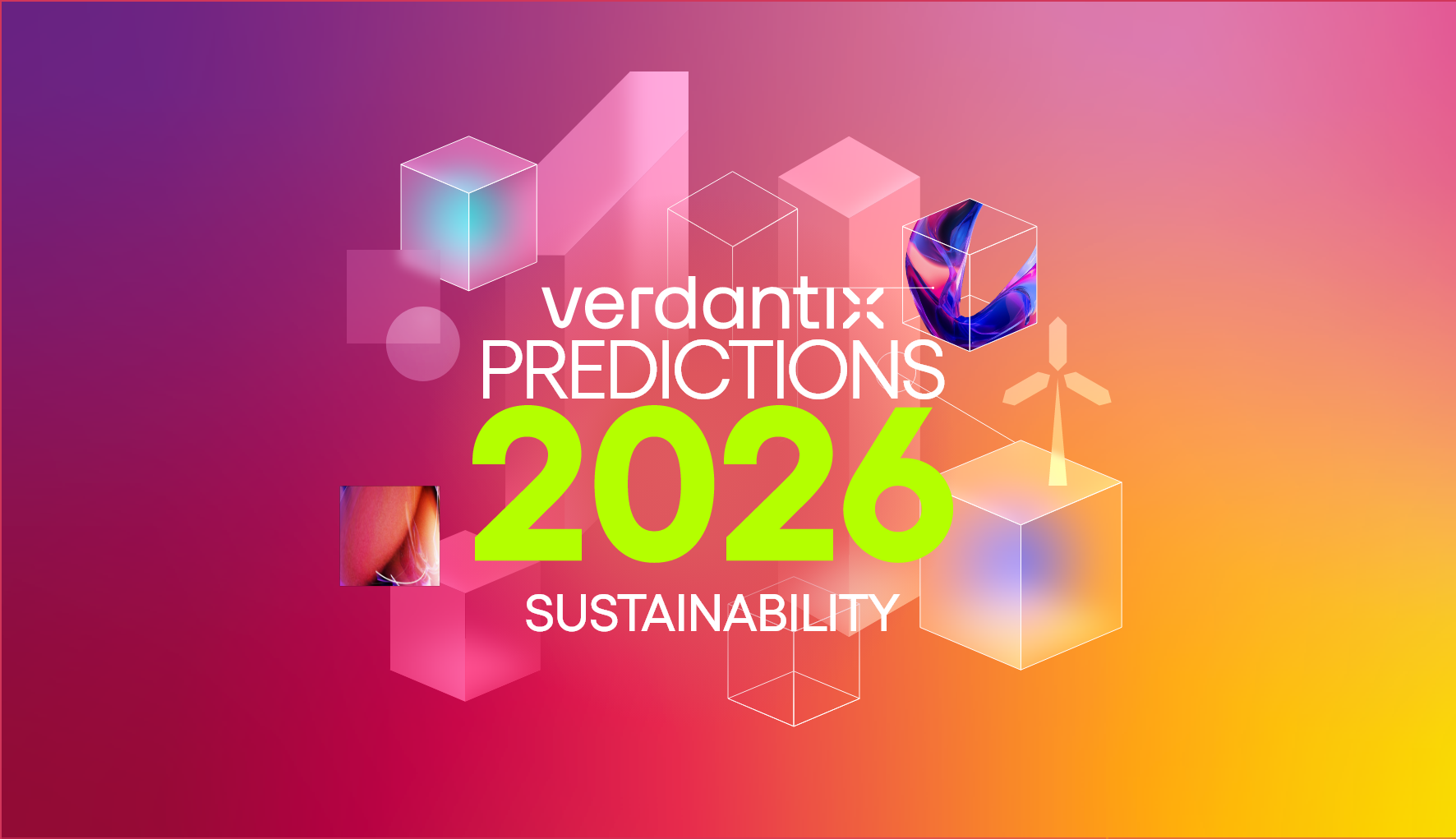Best Practices: Integrating ESG And Financial Reporting
Access this research
Access all Corporate Sustainability Leaders content with a strategic subscription or buy this single report
Need help or have a question about this report? Contact us for assistance
Executive Summary
Sustainability reporting is the first step for firms embarking on the ESG journey. As regulations evolve and stakeholder scrutiny intensifies, organizations are increasingly required to integrate ESG factors into financial decision-making. This report analyses reporting practices from Fortune 500 organizations recognized for their sustainability to help corporates better integrate ESG and financial disclosures to generate trust in their sustainability commitments.
Regulatory pressure drives ESG-financial disclosures through materiality assessments
Integrated ESG and financial disclosures futureproof business resilience
Best practices to integrate ESG and financial reporting
Identify the material impact of business operations
Embed ESG and sustainability into the business
Embrace transparency as a core element of ESG and financial reporting
Figure 2. Firms prioritize improvements in mandatory and voluntary ESG and sustainability reporting
Figure 3. Standout examples of ESG and financial reporting integration
Figure 4. Best practices to integrate ESG and financial reporting
Figure 5. Example metrics to strengthen the integration of ESG and financial reporting
About the Authors

Elisa Molero
Senior Analyst
Elisa is a Senior Analyst at Verdantix, specializing in supply chain sustainability. Her research covers 100 vendors in the supply chain sustainability market, supporting buye...
View Profile
Kim Knickle
Research Director
Kim Knickle is a Research Director at Verdantix, bringing more than two decades of analyst experience to the evolving world of sustainability. Her current research spans ESG a...
View Profile





